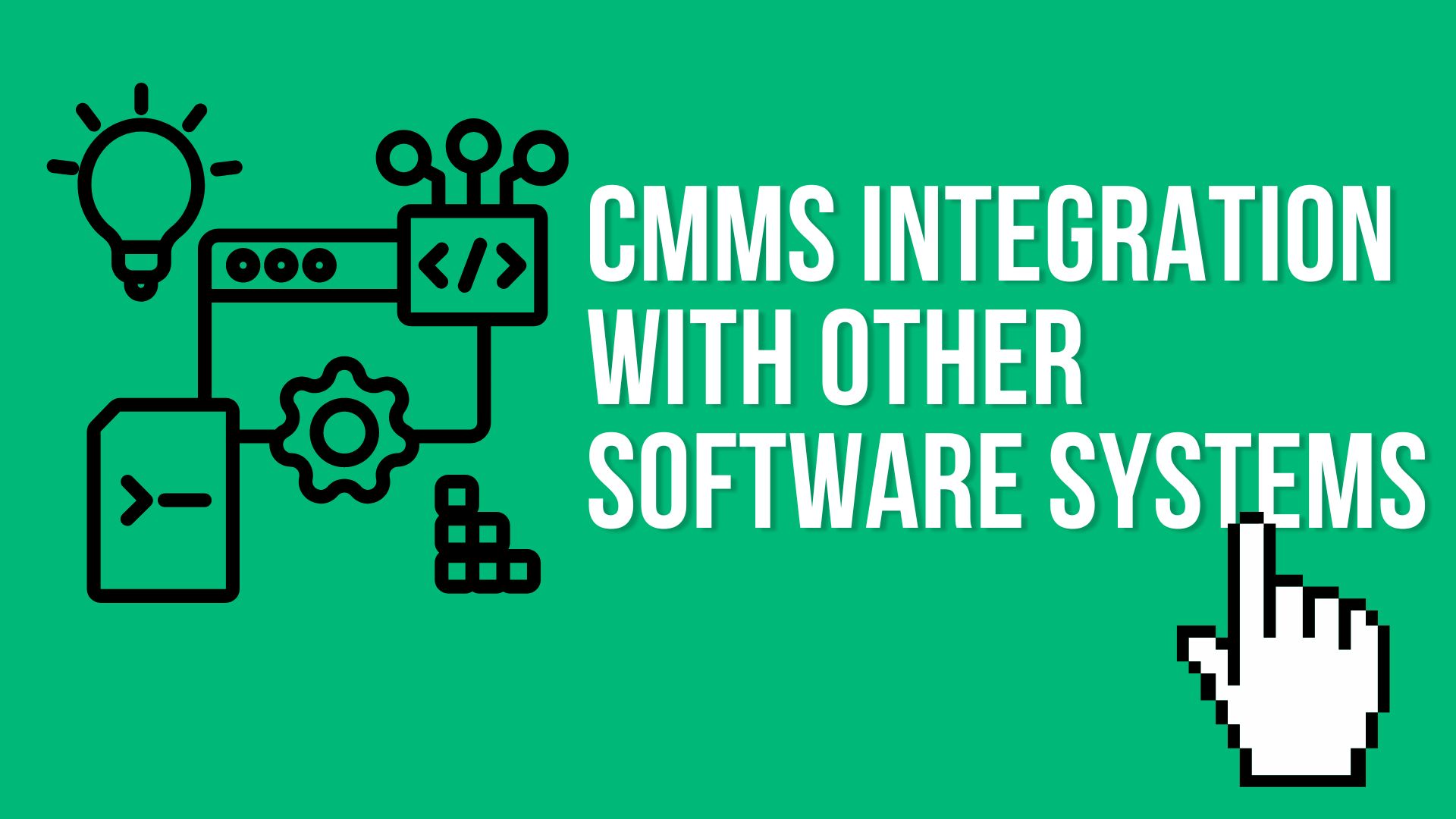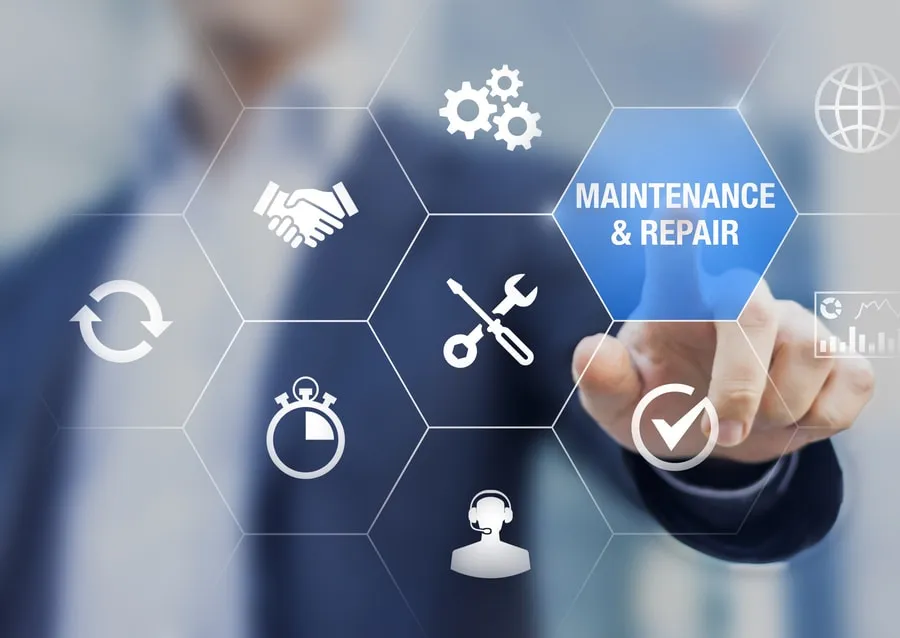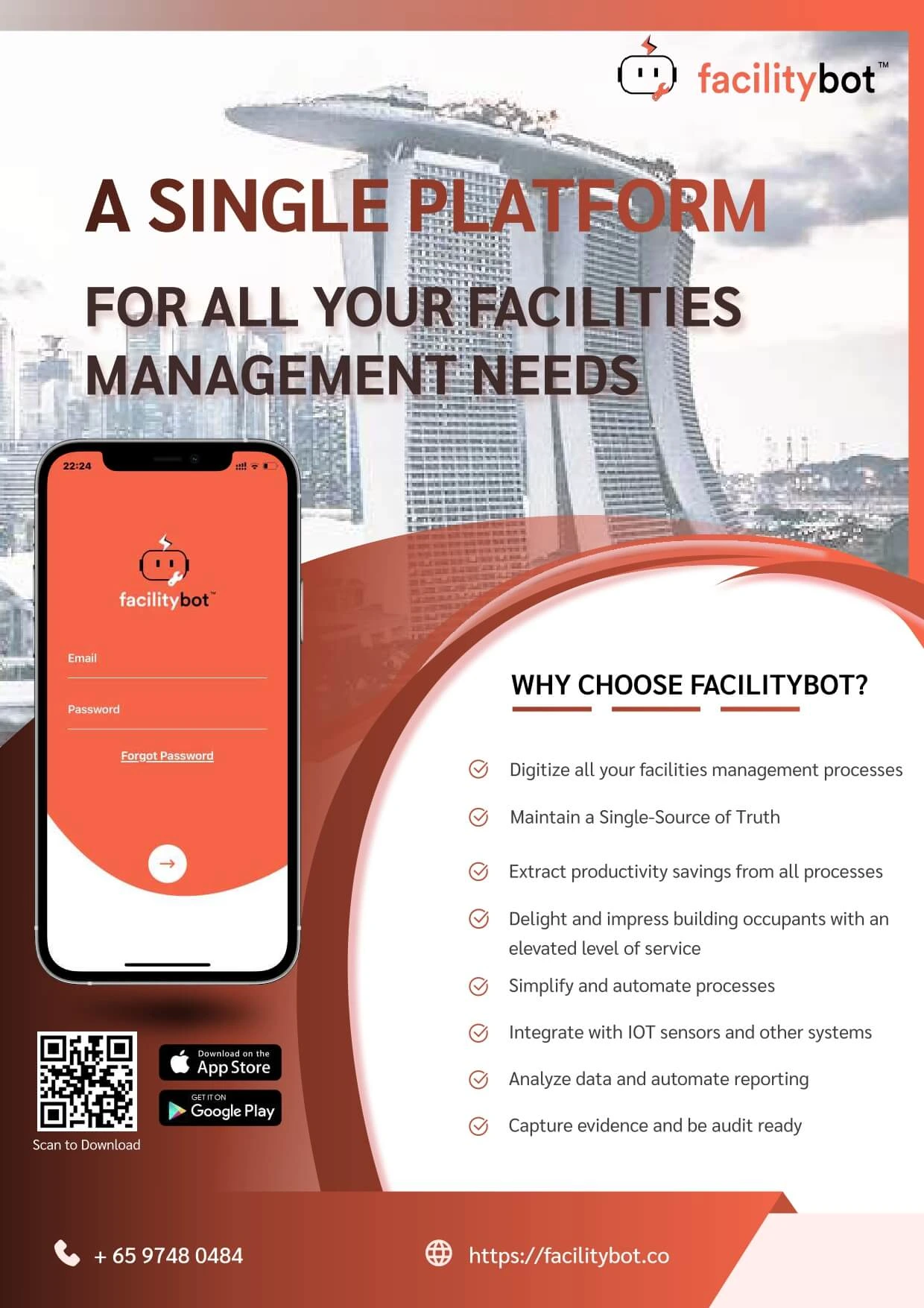Introduction:
In today’s interconnected business landscape, leveraging the power of integration between software systems has become crucial for maximizing efficiency and driving operational excellence. This holds particularly true for Computerized Maintenance Management Systems (CMMS), which play a pivotal role in managing maintenance operations. This article explores the concept of CMMS integration with other software systems, highlighting its benefits, practical examples, and how FacilityBot’s CMMS system can revolutionize maintenance management. Read on to discover how integrating CMMS with other software systems can streamline your maintenance processes and optimize your organization’s performance.
Understanding CMMS Integration
CMMS integration involves connecting your maintenance management system with other software applications, enabling seamless communication and data exchange. By integrating CMMS with other tools, you unlock a wealth of possibilities, including enhanced data accuracy, streamlined workflows, and improved collaboration among teams. The key is to ensure that different software systems work in harmony, eliminating data silos and empowering your organization to make data-driven decisions.
Benefits of CMMS Integration
- Streamlined Workflows: Integrating CMMS with other software systems enables the automation of manual tasks and reduces redundant data entry. For example, integrating CMMS with an Enterprise Resource Planning (ERP) system automates the process of generating work orders, tracking inventory, and managing asset lifecycles.
- Improved Data Accuracy: Integration eliminates the need for duplicate data entry across multiple systems, reducing the risk of errors and ensuring consistent and accurate information. For instance, by integrating CMMS with a Customer Relationship Management (CRM) system, you can effortlessly synchronize customer data, maintenance history, and service requests.
- Comprehensive Insights: Integration facilitates the consolidation of data from various systems, providing a holistic view of your maintenance operations. By integrating CMMS with Business Intelligence (BI) tools, you can generate meaningful reports, analyze trends, and make informed decisions to optimize maintenance processes.
Practical Examples of CMMS Integration
- CMMS and ERP Integration: Integrating CMMS with an ERP system allows for seamless coordination between maintenance and procurement functions. For instance, when a piece of equipment requires maintenance, the integration ensures that the CMMS system automatically updates inventory levels and triggers purchase orders for necessary parts.
- CMMS and Building Automation System (BAS) Integration: Integrating CMMS with a BAS enhances facility management by automating maintenance processes and optimizing energy usage. The integration enables proactive maintenance by triggering work orders based on real-time data from the BAS, such as equipment performance, temperature fluctuations, and energy consumption patterns.
FacilityBot’s CMMS Integration Capabilities
FacilityBot’s CMMS system offers robust integration capabilities, allowing you to seamlessly connect with other software systems. By integrating FacilityBot’s CMMS with your organization’s existing software ecosystem, you can unify data, improve collaboration, and drive operational efficiency. Experience the power of FacilityBot’s CMMS integration, ensuring a hassle-free maintenance management experience.
Conclusion
CMMS integration with other software systems is a game-changer for organizations seeking to optimize maintenance operations. Streamlined workflows, improved data accuracy, and comprehensive insights are just a few of the benefits that integration brings. By leveraging FacilityBot’s CMMS system and its robust integration capabilities, you can achieve maintenance excellence and unleash the full potential of your software ecosystem. Take a step towards efficient maintenance management today by integrating FacilityBot’s CMMS system. Visit FacilityBot to learn more about FacilityBot’s CMMS solution and how it can revolutionize your maintenance processes.




